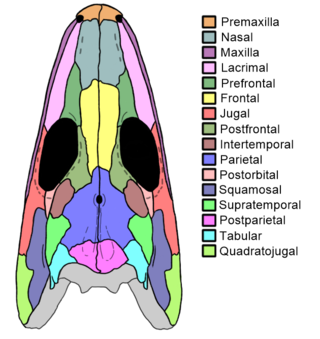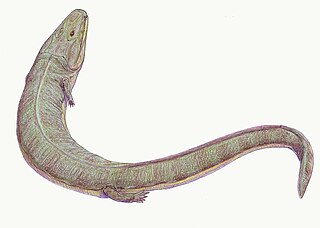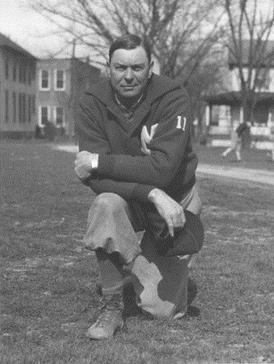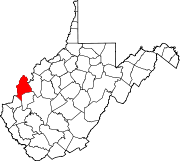
Greer County is a county located along the southwest border of the U.S. state of Oklahoma. As of the 2020 census, the population was 5,491. Its county seat is Mangum. From 1860 to 1896, the state of Texas claimed an area known as Greer County, Texas, which included present-day Greer County along with neighboring areas. In 1896 it was designated as a county in Oklahoma Territory under a ruling by the US Supreme Court. The rural Greer County is home to Quartz Mountain State Park, near the community of Lone Wolf, Oklahoma. It is also home to the Oklahoma State Reformatory, located in Granite. Its population has declined since 1930 due to changes in agriculture and migration to cities for work.

Elbert County is a county located in the U.S. state of Colorado. As of the 2020 census, the population was 26,062. The county seat is Kiowa and the largest town is Elizabeth.

Harold Everett Greer was an American professional basketball player. He played for the Syracuse Nationals / Philadelphia 76ers of the National Basketball Association (NBA) from 1958 through 1973. A guard, Greer was a 10-time NBA All-Star and was named to the All-NBA Second Team seven times. He was named to the 50 Greatest Players in NBA History, the NBA 75th Anniversary Team, and his uniform number was among Philadelphia 76ers retired numbers. Greer is a member of the Basketball Hall of Fame.

Greer is an unincorporated community and census-designated place in Apache County, Arizona, United States. Located within the White Mountains of Arizona and surrounded by the Apache-Sitgreaves National Forest, Greer is the highest town in the state at an elevation of approximately 8,400 feet. As of the 2020 census it had a population of 58. Greer was founded circa 1879 by Mormon settlers from Utah. The Greer post office has the ZIP code of 85927.
WVRC Media is a media corporation comprising radio stations and two radio networks based in the state of West Virginia. The company was known as the West Virginia Radio Corporation prior to a December 2021 rebranding.

Whitby is an unincorporated community and coal town in the Winding Gulf Coalfield of southern West Virginia within Raleigh County, United States.
Dahmer is an unincorporated community located in Pendleton County, West Virginia, United States. Established in 1896, Dahmer is the only place in the United States bearing this name. Its post office was discontinued December 1, 1941.

Proterogyrinus is an extinct genus of early tetrapods from the order Embolomeri. Fossil remains of Proterogyrinus have been found in Scotland, UK, and West Virginia, United States, and date back to the Serpukhovian, which is from about 331 to 323 million years ago. The genus was originally named by renowned vertebrate paleontologist Alfred Sherwood Romer in 1970. A comprehensive redescription was later published by Canadian paleontologist Robert Holmes in 1984. The generic name "Proterogyrinus" is Greek for "earlier wanderer" or "earlier tadpole". This name was chosen by Romer in keeping with a trend of naming long-bodied early tetrapods with the suffix "-gyrinus".

Greererpeton burkemorani is an extinct genus of colosteid stem-tetrapods from the Early Carboniferous period of North America. Greererpeton was first described by famed vertebrate paleontologist Alfred S. Romer in 1969. The skull was redescribed by Timothy R. Smithson in 1982, while postcranial remains were redescribed by Stephen J. Godfrey in 1989.

Germany Valley is a scenic upland valley high in the Allegheny Mountains of eastern West Virginia originally settled by German farmers in the mid-18th century. It is today a part of the Spruce Knob–Seneca Rocks National Recreation Area of the Monongahela National Forest, although much ownership of the Valley remains in private hands.

Eli Camden Henderson was an American football, basketball, and baseball coach and college athletics administrator. He served as the head football coach at Muskingum College (1920–1922), Davis & Elkins College (1923–1934), and Marshall University (1935–1949), compiling a career college football record of 164–91–13. Henderson was also the head basketball coach at Muskingum (1920–1923), Davis & Elkins (1923–1935), and Marshall (1935–1955), tallying a career college basketball mark of 621–234. As a coach in basketball, he originated the fast break and the 2–3 zone defense, hallmarks of the modern game.

Todd is an unincorporated community straddling the county lines of Watauga and Ashe counties in northwestern North Carolina, United States on the South Fork of the New River. It lies at an elevation of 2,992 feet. The population was 2,141 at the 2010 United States Census. The ZIP Code for Todd is 28684.

Protorothyris is an extinct genus of Early Permian protorothyridid known from Texas and West Virginia of the United States. It was first named by Llewellyn Ivor Price in 1937 and the type species is Protorothyris archeri. P. archeri is known from the holotype MCZ 1532, a three-dimensionally preserved skull and from the referred specimens, which come from four additional individuals, MCZ 2147-2150. All specimens were collected in the Cottonwood Creek site, from the Archer City Formation, Texas, dating to the Asselian stage of the Cisuralian epoch, about 299–294.6 million years ago. A second species, P. morani, was first named by Alfred Sherwood Romer in 1952 with its own generic name, Melanothyris. In 1973, J. Clark and Robert L. Carroll recombined P. morani as a Protorothyris species. It is known from the holotype CM 8617, a three-dimensionally preserved skull. It was collected in the Blacksville site, from the Washington Formation of West Virginia. Protorothyris was the size of the average lizard, about 30 cm in length.
Megamolgophis is an extinct genus of eel-like tetrapod, possibly belonging to the group Lysorophia. Fossils from this genus have been found in the Allegheny mountains of the eastern United States. The genus is endemic to geological formations of this area, such as the Greene and Washington formations of the Early Permian Dunkard Group, as well as the Pennsylvanian Conemaugh Group.
Prim is an unincorporated community in Cleburne County, Arkansas, United States. Prim is located at the junction of Arkansas Highway 225 and Arkansas Highway 263, 9 miles (14 km) north-northeast of Greers Ferry. Prim has a post office with ZIP code 72130.

Douglass Junior and Senior High School is a historic school building located at Huntington, Cabell County, West Virginia. Built in 1924, it was the segregation-era high school for African Americans in the city, and replaced the earlier Douglass school building which had been built in 1891, and was named after abolitionist Frederick Douglass. The school is a three-story building measuring 113 feet wide and 230 feet long. It is built of red brick, with terra cotta trim, and rests on a concrete foundation. It closed as a school in 1961, but continued to be used as a school for special education until 1981. After that it housed educational offices. It now serves as a community center.
Greer is an unincorporated community and coal town in Monongalia County, West Virginia, United States.

The Bluefield Formation is a geologic formation in West Virginia. It preserves fossils dating back to the Mississippian subperiod of the Carboniferous period. Sediments of this age formed along a large marine basin lying in the region of what is now the Appalachian Plateau. The Bluefield Formation is the lowest section of the primarily siliciclastic Mauch Chunk Group, underlying the Stony Gap Sandstone Member of the Hinton Formation and overlying the limestone-rich Greenbrier Group.

George Edward Greer is an American baseball coach. He has served as the hitting coach for the St. Louis Cardinals of Major League Baseball (MLB) and was a head coach in college baseball for the Davidson Wildcats and Wake Forest Demon Deacons.
















